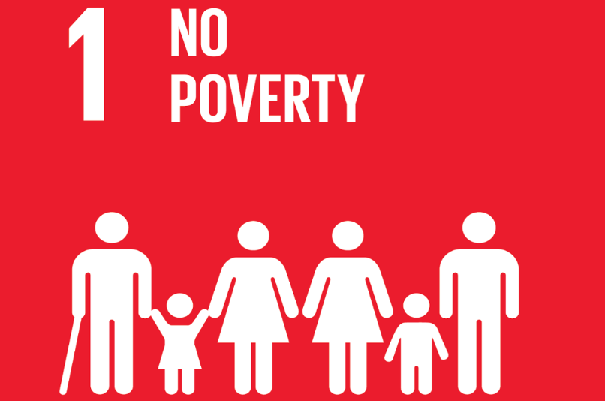
Eradicating Poverty: A Global Journey Toward Hope and Equality
Global progress and unity are bringing us closer than ever to ending poverty.
For most of human history, poverty was seen as inevitable, a permanent condition for the majority of the world’s people. Yet in the past two centuries, humankind has made extraordinary progress in overcoming it. What was once considered an unchangeable reality is now understood to be a challenge that can be met. And it is indeed being met, through collective will, innovation, and compassion.
A Remarkable Transformation Through the Ages
Two hundred years ago, more than 80% of the world’s population lived in extreme poverty, surviving on less than the equivalent of two dollars a day. Hunger, disease, and illiteracy were widespread, and the gap between the few who had much and the many who had little seemed unbridgeable.
But the world began to change. The Industrial Revolution brought new technologies and jobs, while public education, social welfare systems, and global trade slowly improved living standards. After World War II, the creation of the United Nations and the rise of international cooperation further advanced efforts to reduce poverty worldwide.
The results have been astonishing. According to the World Bank, since 1990 alone, around 1.1 billion people have been lifted out of extreme poverty. In East Asia and the Pacific, poverty rates fell from about 60% to under 5% between 1990 and 2019. Across Africa, Latin America, and South Asia, education and healthcare access have expanded dramatically. Children today are more likely than ever before to go to school, survive past infancy, and grow up in healthier environments.
The Power of Global Commitment
This progress did not happen by chance. It is the result of sustained global action and local determination. Initiatives like the Millennium Development Goals (MDGs), launched in 2000, and their successor, the Sustainable Development Goals (SDGs), adopted in 2015, have galvanized governments, organizations, and individuals to work together. These global efforts aim to end poverty “in all its forms everywhere” (Goal 1) by 2030.
On October 17, the world observes the International Day for the Eradication of Poverty, a day first recognized by the United Nations in 1992. Its purpose is to honor the struggles and achievements of people living in poverty and to remind us all that poverty is not just about income; it is about dignity, access, and opportunity. The day serves as both a celebration of progress and a call to action, uniting voices around the world to ensure that no one is left behind.
Why This Day Matters
The International Day for the Eradication of Poverty is more than a date on the calendar. It is a moment of reflection and renewal. It urges us to look beyond statistics and see the human stories: the farmer in Malawi who gains financial independence through microcredit, the young girl in India who learns coding through community education programs, or the family in Brazil who thrives thanks to social protection policies.
Each story represents the power of resilience and partnership. Eradicating poverty is not only a moral duty but also a foundation for global peace and sustainability. World Bank and UNESCO research have found that when people have access to education, healthcare, and decent work, societies grow stronger. Economies thrive and innovation flourishes as a result.
How Everyone Can Contribute
The fight against poverty is far from over, but each person can make a difference. Supporting fair trade, donating to effective poverty-reduction programs, volunteering locally, or advocating for inclusive policies are all meaningful actions. Consumers can choose products that empower small-scale producers. Students can raise awareness in their schools. And professionals can use their skills to mentor or train others. Even small acts, such as sharing accurate information or supporting social enterprises, contribute to a global movement of change.
Governments and institutions must continue investing in education, sustainable agriculture, and equitable healthcare. They must also prioritize climate resilience because poverty and climate vulnerability often go hand in hand. Technology, too, holds promise: mobile banking, digital education, and renewable energy are transforming opportunities for millions.
A Future Within Reach
The eradication of poverty is one of humanity’s greatest shared goals, and it is achievable. The progress made so far is proof that when people unite with compassion and determination, even the deepest inequalities can be overcome.
As we mark October 17, the International Day for the Eradication of Poverty, let us celebrate how far we have come. Let us also renew our resolve to build a future where every person can live with dignity, opportunity, and hope.
Together, we can end poverty – not someday, but within our lifetime.

